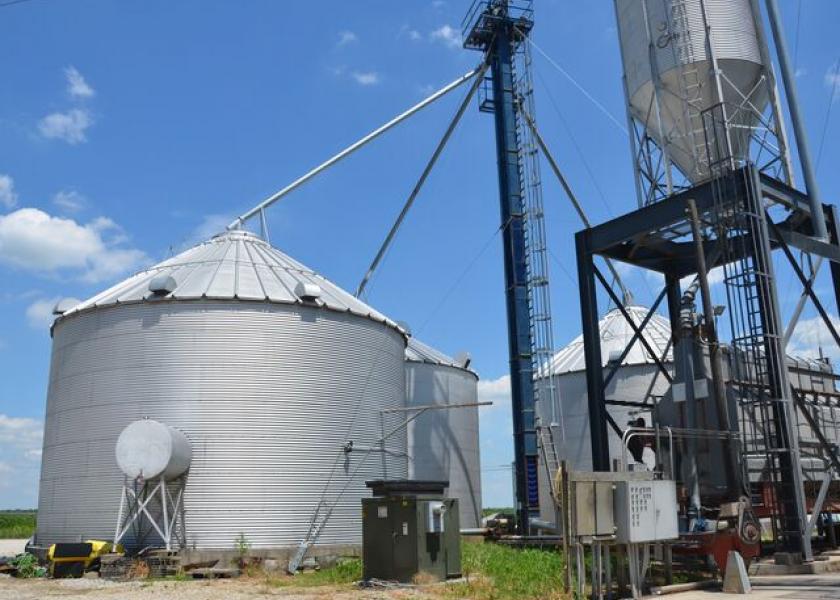Need a Grain Bin by Harvest? Lock it in Soon

Have you tried calling your local grain bin dealer over the past few months and gotten a busy tone? Grain bin manufacturers say demand is through the roof, driven by a variety of factors.
“We’ve seen record numbers of demand, primarily from the farm side, but the commercial bin side is very active as well,” says Roger Price, GSI North America sales director. “This is the most demand we’ve seen in 10 years and the most demand we’ve seen this early in the year.”
It’s a similar story for Sukup and Brock dealer Nathan Luff in west-central Missouri.
“For us it’s triple the number of bins — most of them going directly to farmers,” Luff says. “On-farm storage demand is through the roof.”
Demand drivers
Soybeans hit $14 and corn soared to highs not seen in years. Without a doubt commodity prices are helping drive some of this demand, but is that all?
“Farm income is probably the biggest factor,” Price says. “There have also been pretty good production years in corn, soybeans and even rice. Another one many don’t think about is the pistachio market — there has been record production, and they use grain bin components.”
In addition, the export demands the country has seen in recent months drives opportunities for commercial grain traders — increasing storage needs. The derecho in Iowa and other states has provided some demand to replace destroyed storage, but the increase in sales is across the board, according to Luff and Price.
“People are also hyper-aware that they need to be able to store grain so they’re not selling it right at harvest when prices are typically their worst,” Luff says. “Plus, the steel market is going through the roof, so guys are locking in prices while they’re lower.”
Source: https://www.marketwatch.com/investing/index/steel?countrycode=xx
Long lead times and buying tips
As demand for grain bins climbs, expect longer lead times before the bin is erected on your farm.
“Most of the summer is pretty well filled up from a production standpoint,” Price says. “A lot of the contractors [who actually build the bins] are getting pretty full schedules, too.”
Time is of the essence if you’re hoping to get a bin put up before 2021 harvest.
“We’re out until August for our Sukup bins and have some availability in June for Brock — but that won’t last long,” Luff says. “It won’t take much for those dates to get pushed out more if we have a wet spring, too. You can’t pour concrete in the rain.”
Any COVID-19-related delays could also affect product availability and construction timing.








